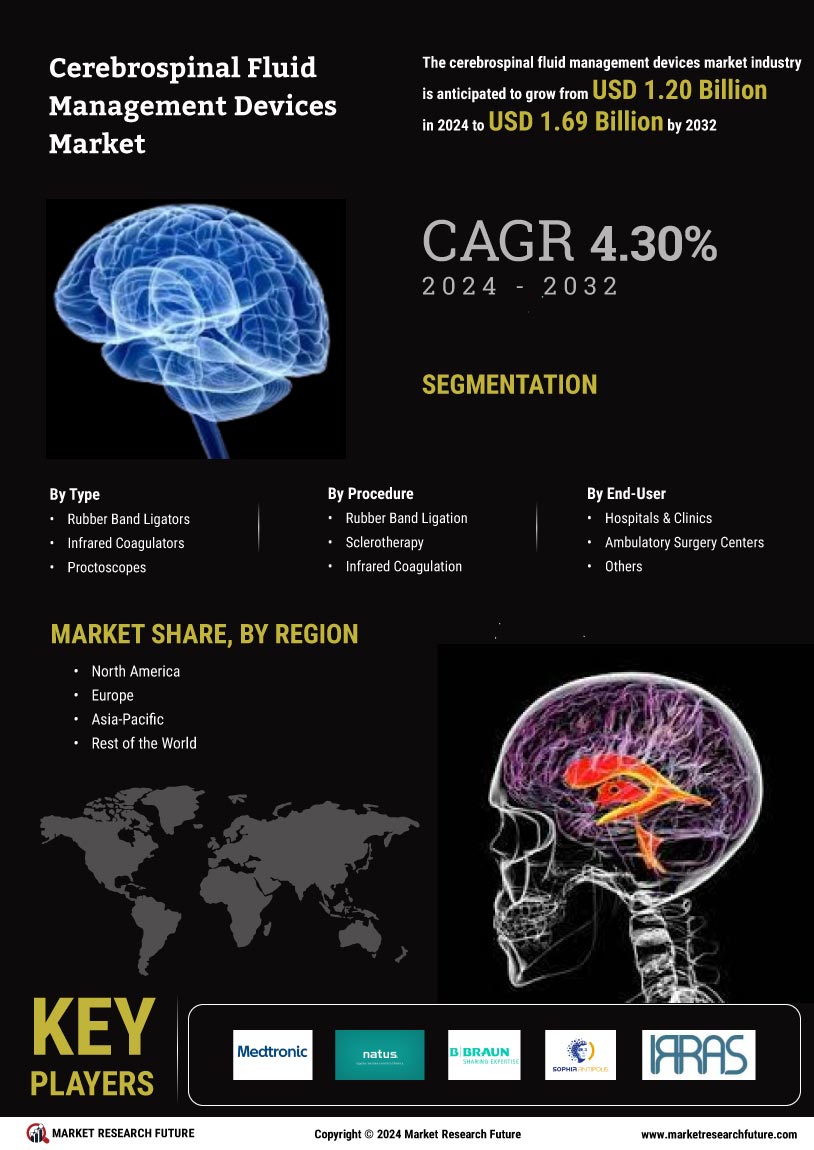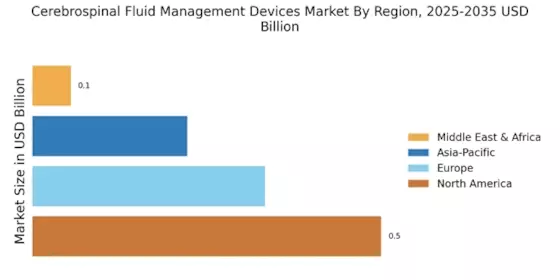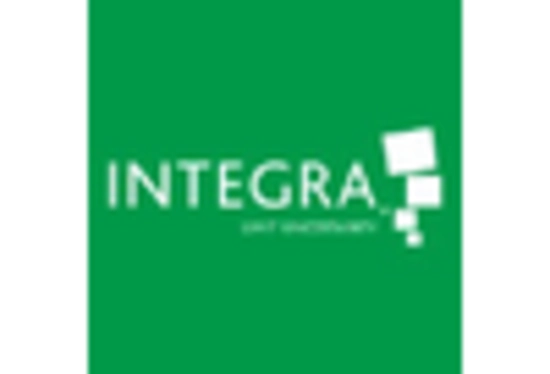Growing Awareness and Education
There is a notable increase in awareness and education regarding neurological disorders and their management, which is positively influencing the cerebrospinal fluid management devices market. Healthcare professionals are becoming more informed about the latest treatment options and technologies available for managing cerebrospinal fluid disorders. This heightened awareness leads to better diagnosis and treatment protocols, ultimately increasing the demand for effective management devices. Educational campaigns and training programs are being implemented to ensure that medical practitioners are equipped with the knowledge necessary to utilize these devices effectively, thereby enhancing patient outcomes and driving market growth.
Regulatory Support and Approvals
Regulatory bodies are increasingly providing support and streamlined approval processes for innovative cerebrospinal fluid management devices, which is a crucial driver for the market. The expedited review processes for new medical devices are encouraging manufacturers to invest in research and development. This regulatory support is essential for bringing advanced technologies to market more quickly, thereby meeting the urgent needs of patients with neurological disorders. As a result, the cerebrospinal fluid management devices market is likely to experience accelerated growth, as new and improved devices become available to healthcare providers, enhancing treatment options for patients.
Increasing Healthcare Expenditure
The rise in healthcare expenditure across various regions is a significant driver for the cerebrospinal fluid management devices market. Governments and private sectors are investing heavily in healthcare infrastructure, which includes the procurement of advanced medical devices. Reports indicate that healthcare spending is projected to grow at a compound annual growth rate of around 5% over the next few years. This increase in funding allows for the adoption of innovative cerebrospinal fluid management devices, which are essential for treating complex neurological conditions. Enhanced funding also facilitates research initiatives aimed at developing next-generation devices, thereby expanding the market and improving patient care.
Rising Incidence of Neurological Disorders
The increasing prevalence of neurological disorders, such as hydrocephalus and traumatic brain injuries, drives the demand for cerebrospinal fluid management devices. According to recent estimates, the incidence of hydrocephalus is approximately 1 to 2 per 1,000 live births, indicating a substantial patient population requiring effective management solutions. This trend suggests a growing need for advanced cerebrospinal fluid management devices in clinical settings. As the population ages, the incidence of age-related neurological conditions is also expected to rise, further propelling the cerebrospinal fluid management devices market. The need for timely and effective treatment options is paramount, leading to increased investments in research and development of innovative devices that can enhance patient outcomes.
Technological Innovations in Device Design
Technological advancements in the design and functionality of cerebrospinal fluid management devices are pivotal in shaping the market landscape. Innovations such as programmable shunts and smart monitoring systems enhance the precision and effectiveness of treatment. These devices are designed to provide real-time data, allowing for better management of cerebrospinal fluid levels. The cerebrospinal fluid management devices market is witnessing a surge in demand for these advanced solutions, as they offer improved patient safety and comfort. Furthermore, the integration of artificial intelligence and machine learning into device functionality is expected to revolutionize patient monitoring and care, potentially leading to better clinical outcomes and reduced hospital stays.


















Leave a Comment